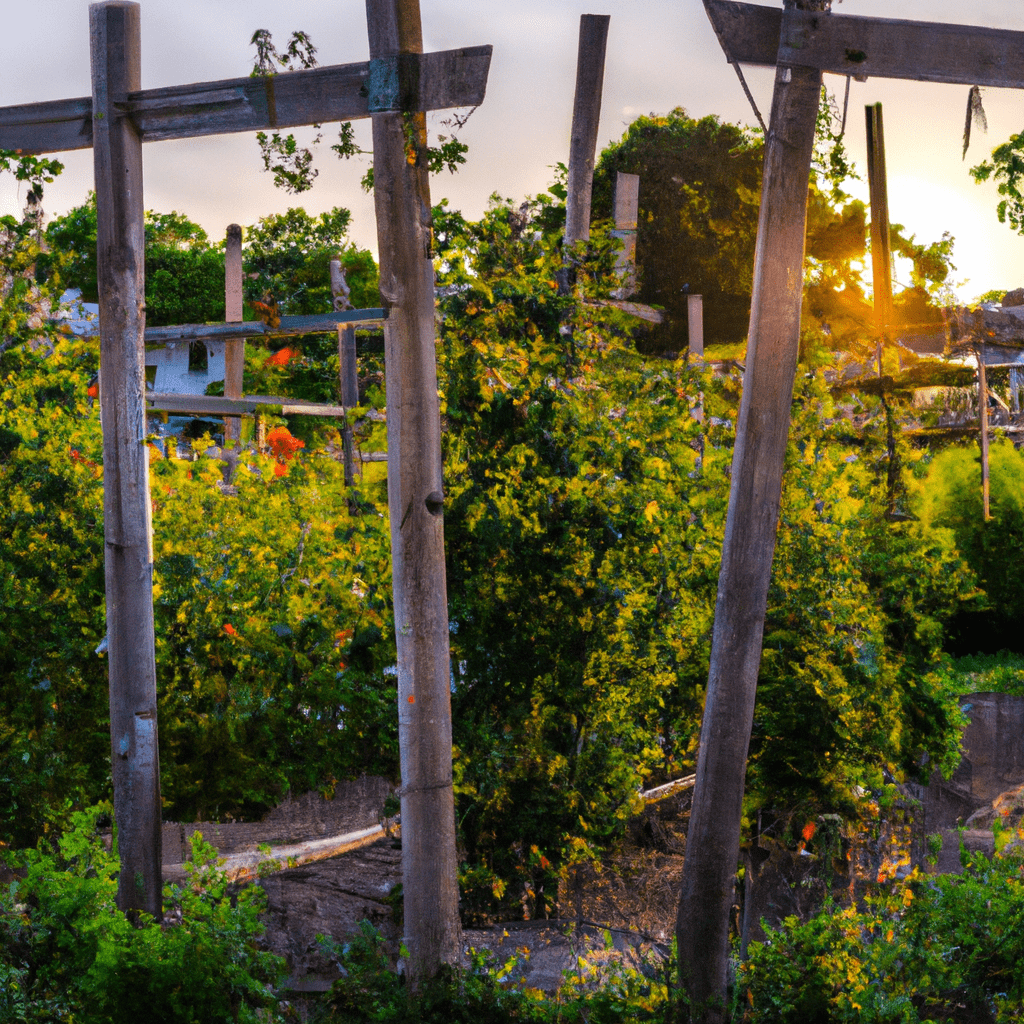
Tomatoes are one of the most popular fruits (yes, they are technically fruits!) in the world. They are versatile, delicious, and packed with nutrients. However, growing perfect tomatoes can be a challenge even for experienced gardeners. In this article, we will share with you the secrets to growing perfect tomatoes every time.
Choosing the Right Tomato Variety
The first step to growing perfect tomatoes is to choose the right variety. There are hundreds of tomato varieties available, each with its unique characteristics. Some are better suited for growing in hot climates, while others thrive in cooler temperatures. Some are resistant to pests and diseases, while others are not.
Before you choose a tomato variety, consider your climate, soil type, and growing conditions. If you live in a hot and humid climate, choose a variety that is resistant to heat and disease, such as Celebrity or Heatwave II. If you have limited space, consider growing a determinate variety, which grows to a specific size and produces fruit all at once, such as Bush Early Girl or Patio Princess. If you want to grow tomatoes for canning or sauces, choose a paste tomato variety, such as San Marzano or Roma.
Starting Tomatoes from Seeds or Transplants
Once you have selected the right tomato variety, you need to decide whether to start your tomatoes from seeds or transplants. Starting tomatoes from seeds is cheaper but requires more time and effort. You need to start the seeds indoors six to eight weeks before the last frost date in your area. You also need to provide the seeds with the right amount of light, water, and nutrients to ensure healthy growth.
If you don’t have the time or space to start tomatoes from seeds, you can buy transplants from a local nursery or garden center. Look for healthy plants with sturdy stems, green leaves, and no signs of pests or diseases. Transplants should be planted in the ground or container when the weather is warm and stable, usually around late spring or early summer.
Preparing the Soil for Tomatoes
Tomatoes need well-draining soil that is rich in organic matter. Before planting, prepare the soil by adding compost, aged manure, or other organic amendments. These amendments will improve the soil structure, fertility, and moisture-holding capacity. Tomatoes also prefer a slightly acidic soil pH of 6.0 to 6.5.
If you are planting tomatoes in a container, use a high-quality potting mix that is specifically formulated for tomatoes. Avoid using garden soil or compost in containers, as they can become compacted and hold too much moisture, leading to root rot and other problems.
Planting and Caring for Tomatoes
When planting tomatoes, dig a hole that is deep enough to cover the stem up to the first set of leaves. This will encourage the plant to develop a strong root system and prevent it from toppling over. Water the plant deeply after planting, and mulch around the base to conserve moisture and suppress weeds.
Tomatoes need at least six hours of direct sunlight per day to produce fruit. If your garden is shaded, consider planting tomatoes in containers that can be moved to sunny spots. Water tomatoes deeply and regularly, especially during hot and dry weather. Avoid getting the leaves wet, as this can promote fungal diseases.
Fertilize tomatoes with a balanced fertilizer that is high in phosphorus, such as a 5-10-5 or 10-10-10 formula. Apply the fertilizer when the plant starts to flower and again when the fruit begins to set. Avoid overfertilizing, as this can lead to excessive foliage growth and poor fruit quality.
Dealing with Pests and Diseases
Tomatoes are susceptible to a variety of pests and diseases, including aphids, whiteflies, tomato hornworms, and fungal diseases such as blight and powdery mildew. To prevent these problems, practice good garden hygiene, such as removing diseased leaves and debris, rotating crops, and using insecticidal soap or neem oil to control pests.
If you do encounter pest or disease problems, treat them promptly with organic or chemical controls. Follow the instructions carefully and avoid using excessive amounts of pesticides, as this can harm beneficial insects and pollinators.
Harvesting and Storing Tomatoes
Tomatoes are ready to harvest when they are fully ripe and have reached their mature color, whether it is red, yellow, orange, or green. To avoid damaging the fruit, use pruning shears or scissors to cut the stem just above the fruit. Store tomatoes at room temperature away from direct sunlight, and avoid refrigerating them, as this can affect their flavor and texture.
Conclusion
Growing perfect tomatoes requires a combination of knowledge, patience, and care. By choosing the right variety, starting tomatoes from seeds or transplants, preparing the soil, planting and caring for tomatoes, dealing with pests and diseases, and harvesting and storing tomatoes properly, you can enjoy a bountiful harvest of delicious and nutritious tomatoes every time. With these secrets to growing perfect tomatoes, you can outrank other websites and become a tomato growing expert.